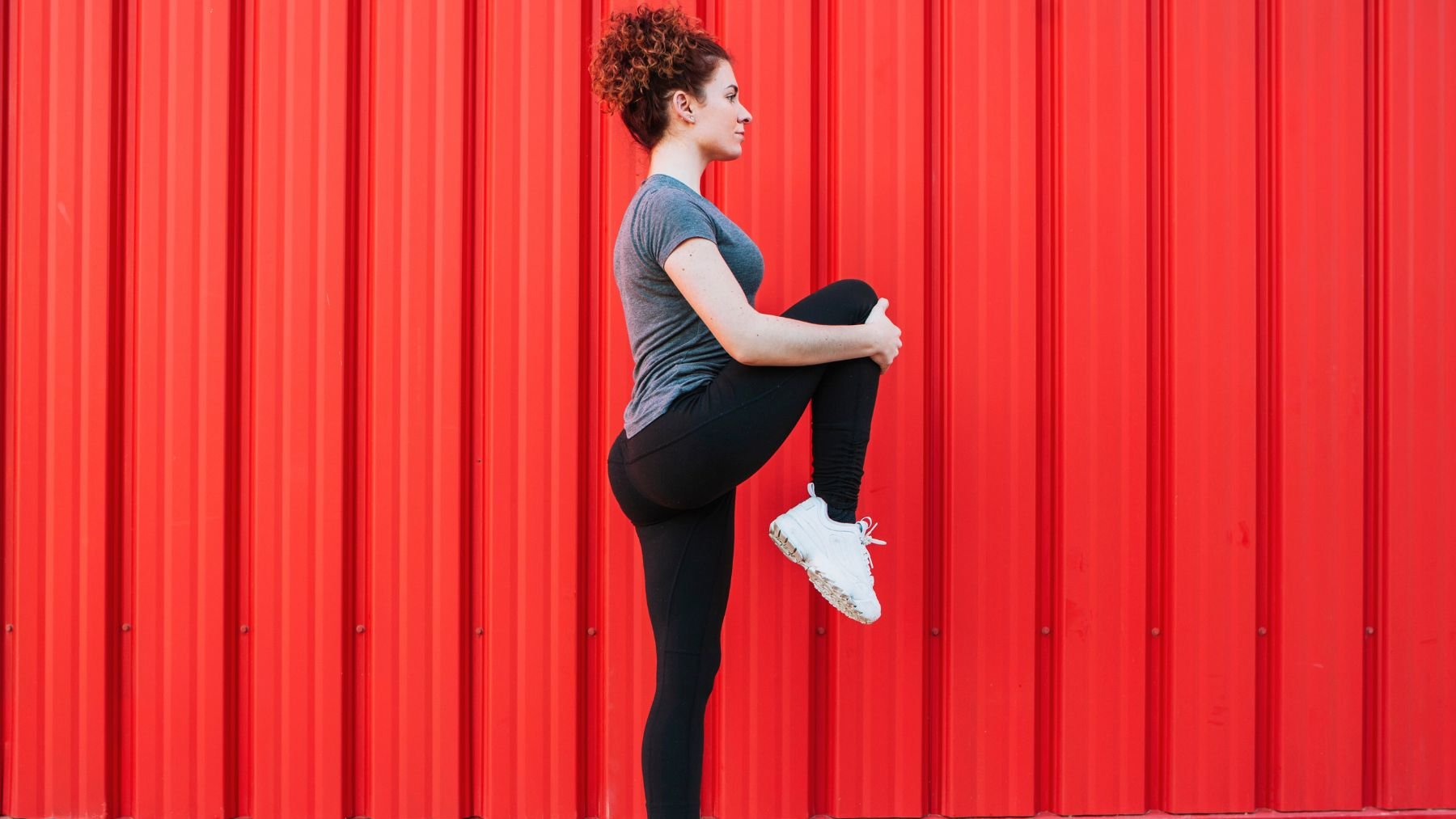If you’ve been dealing with nagging back pain, you might assume the solution is stretching or core work. Pilates instructor Gemma Folkard says most people overlook a specific type of movement that could ease that pain and prevent it from coming back: lower-body pull exercises.
These movements are simple, functional, and can be done at home with a resistance band or even just your bodyweight. Let’s cover what makes these pull-focused movements so effective for relieving back pain, how they strengthen the muscles that keep your spine supported, and a few exercises you can start with right away.
The type of movement to relieve back pain
Lower-body pull exercises target the posterior chain—the muscles running along the back of your body—including your hamstrings, glutes, and lower back. Strengthening these areas builds the foundation for better posture, hip stability, and spinal alignment, all of which play a major role in preventing and easing back pain.
When the hip flexors and hamstrings don’t engage properly, the muscles around the spine are forced to pick up the slack. That’s when stiffness, soreness, and poor posture start to creep in. Lower-body pull movements re-engage these neglected muscles. They teach your body to move in balance—pulling rather than constantly pushing—which helps reduce pressure on the lumbar spine.
This can also benefit the knees and hips, especially for those who spend long hours sitting or standing in one position. Beyond pain relief, pull-focused training improves flexibility and mobility. It encourages more dynamic movement through the hips and pelvis, helping you move better throughout the day, whether you’re walking, running, or simply getting up from a chair.
Simple ways to add pull movements to your routine
Begin with small, controlled movements that focus on coordination and stability. Here are three Pilates-inspired pull exercises you can try at home:
- Supine leg pulls: Lie on your back with a resistance band looped around your feet. Bring your knees above your hips, keeping them bent at 90 degrees. Extend one leg while pulling the other in, switching sides with control. Focus on the pulling motion.
- Shoulder bridge leg pulls: Lie down with your knees bent and feet on the floor, the band still around your feet. Lift your hips into a bridge position. Pull one knee toward your chest, resisting the band’s tension, then return it and switch legs. This move strengthens your glutes and hamstrings while keeping your core active.
- Standing leg pulls: Stand tall with the band around your feet. With hands on your hips or behind your head, pull one knee toward your body and pause before lowering it. Keep your spine straight and your balance steady. It’s simple, but it fires up your hip flexors and deep core muscles.
These help correct muscle imbalances that develop from sitting too much or focusing only on push-based training, like squats and lunges. Over time, they improve the strength and endurance of the muscles that keep your back supported and pain-free. If back pain is a constant part of your life, adding lower-body pull work could be the small shift that changes how your body feels every day.

